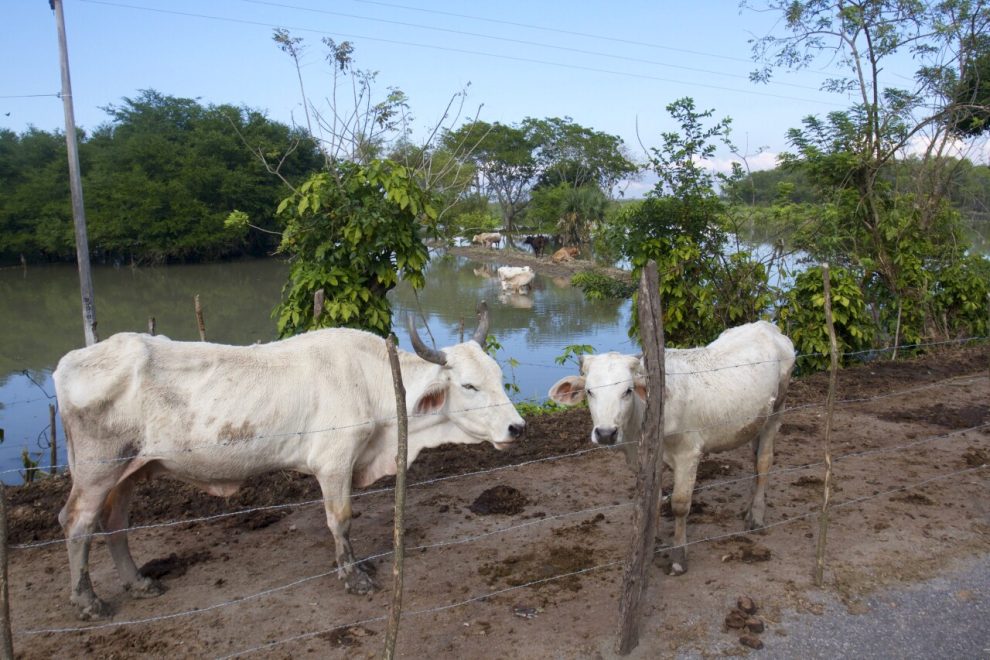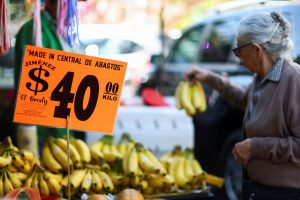Tabasco and Campeche will not be a great dairy hub
René Fonseca, general director of the National Chamber of Milk Industries (Canilec), comments in an interview that it is important to seek to increase milk production in Tabasco and Campeche, although they are not enough to be a large dairy hub.
“Everything that involves promoting production and the dairy sector is positive, I want to think that it will be done in a coordinated manner with the state governments, in a comprehensive manner, that is, the production part and the market of how to market and process that milk.”
Tabasco is number 19 nationally with 0.8% of national milk production and Campeche is number 24 with 0.3%, together they give just 1.1% of national production.
“What they are looking for is to strengthen the local market, promote activities that generate jobs and income in those entities,” says Fonseca.
In milk production in these entities there is a challenge: the livestock for production is specialized, which is the retinto, which is difficult to have due to the humid climate.
The one that can function in those states is the Giralando cattle, but not only does it produce milk, it also goes out for meat production.
Fernando Cruz, managing partner of Grupo Consultor de Mercados Agrícolas (GCMA), agrees that the production method in the South Southeast is dual-purpose, it is a tropical type of cattle that is not necessarily the best genetics for milk production. .
Resume rice production
The GCMA expert points out that in the case of rice, the south-southeast was an important producer of this cereal many years ago, but due to the low productivity in those places, production stopped.
“There are other countries, in the case of the United States, Uruguay, to name a few that are more efficient in the area of rice production than what Mexico has done. And the result is that today 80% of the rice consumed in the country is imported.”
Fernando Cruz highlights that this is not Shienbaum’s idea, it is a proposal that also came from the previous government and was not crystallized.
“They were also supposed to create irrigation districts. It is precisely these surfaces that the water arms are channeled from the rivers to be able to distribute the water in the surface water and that can flood, in this case, in the rice areas and rice can be grown. Well, that is a good idea, but this needs infrastructure for that, so that the projects in the south-southeast can be developed.”
Information from the government of Tabasco indicates that the entity has a potential area of 640,987 hectares to grow rice, which are distributed in 15 municipalities of the state.
While Campeche has climbed and its position indicates its potential. In 2022, rice production in the entity was more than 46.00 tons, making it the second largest producer in Mexico.
Cruz comments that a lot is said in general in plans for the Mexican countryside, but there are few detailed action plans that answer how, when they are going to do it and what it is up to the private sector to put in place and what it is up to the government.
“So, what can be generated? These good ideas with good intentions, with bad results.”















Add Comment